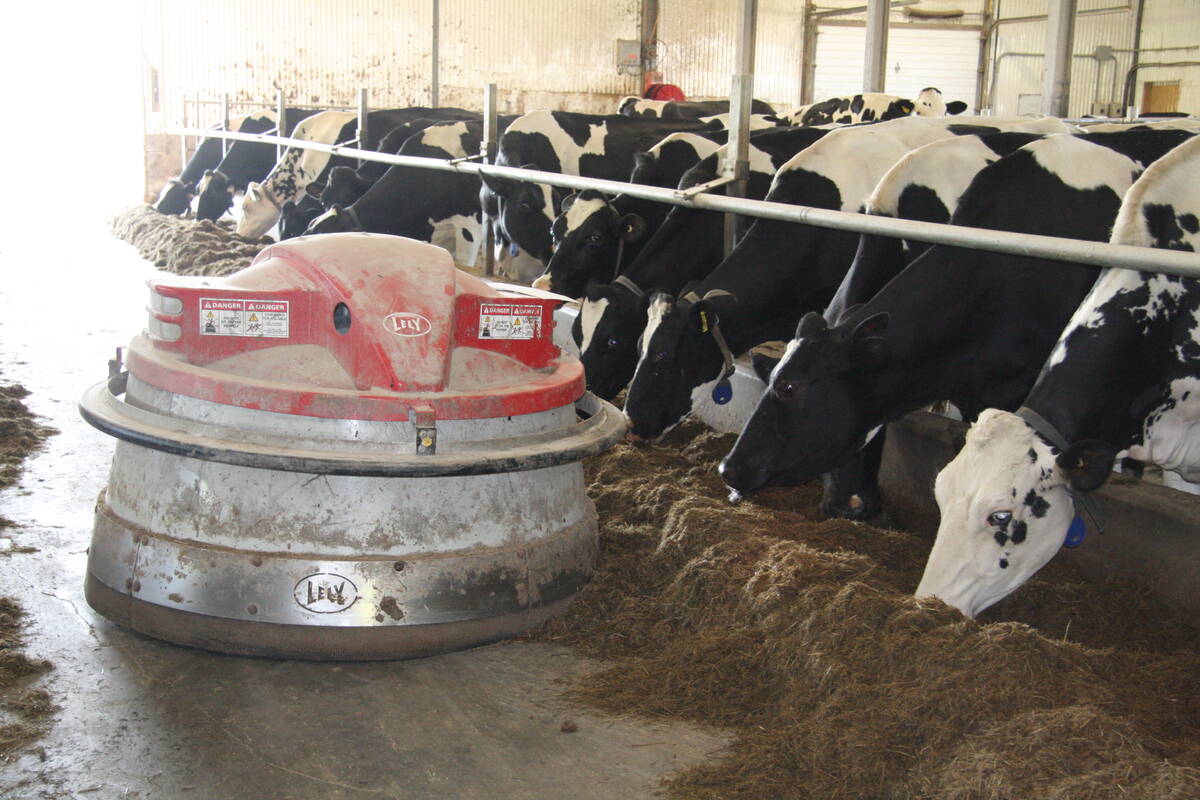RED DEER – Alberta’s updated animal protection act was proclaimed Jan. 3.
The act combines three pieces of legislation and provides a broader definition of distress in animals plus it allows peace officers to act sooner in suspected abuse cases.
“We understand that animals are going to get sick or hurt, but providing you are taking adequate steps to help them recover then you are within the terms of the act,” Morris Airey, head of Alberta SPCA enforcement, told the Alberta Horse Breeders and Owners conference in Red Deer Jan. 14.
Read Also

Partnerships, communication key to disease management
Communication and strong, trusted partnerships are key to managing infectious diseases like Foot and Mouth Disease and HPAI.
An animal is in distress if deprived of adequate food, water and shelter. Distress also includes suffering from injury, pain, abuse or undue hardship including neglect. Animals may also be distressed if deprived of veterinary care, adequate ventilation, space or protection from harmful temperatures.
The new act also says no person shall cause an animal to be in distress. This section does not apply if distress results from accepted practices of animal care, management, husbandry, hunting, trapping, pest control or slaughter.
A person who owns or is in charge of an animal must ensure adequate food and water, provide care when it is wounded or ill, and provide shelter against inclement weather.
“Any animal should be able to get out of the severe wind especially in very cold weather and away from the hot sun in the summertime,” Airey said.
New powers granted under the act allow peace officers to intervene sooner.
“Under the old legislation we had to be able to prove the animal was in distress before we could take any concrete action,” he said.
For example, people may see a horse on a two acre site with no grass but it appears healthy. Two weeks later it is noticed the horse is in the same paddock with no grass and no evidence of supplementary feeding.
Under the old act the officials could not intervene unless the horse was in serious physical condition.
Peace officers may intervene if the owner of the animal or the person in charge cannot be found immediately and informed of the animal’s distress.
They may also locate the animal and relieve its distress, including taking custody of the animal and arranging for transport, food, water, care, shelter and veterinary treatment.
They may also intervene if they believe the owner or person in charge of the animal does not or will not correct the situation quickly.
Care of abandoned animals is addressed more fully under the new act. It covers those left without food, water or shelter for 24 hours or left at a stable, boarding facility or vet clinic for more than five days.















